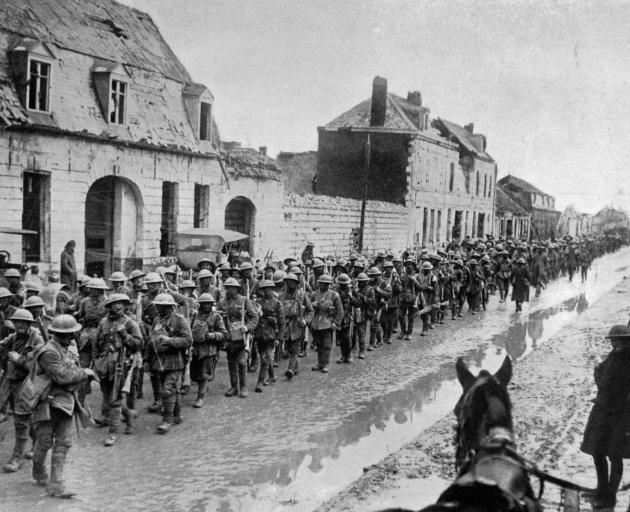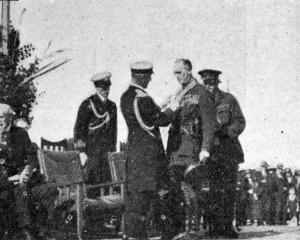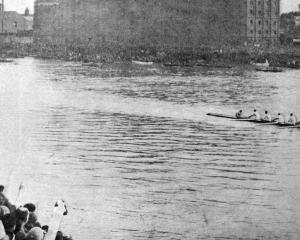
The Rev. Graham H. Balfour (president of the Board of Governors) presided, and was supported by Mr Walter Gow (vice-president) and Mr C. G. White (secretary). Miss Margaret McGlashan, one of the ladies who gave the property to the Presbyterian Church, sat on the right of the president. Amongst those present were Miss Frances Ross (principal of Columba College), the Rev. W. Gray-Dixon (Moderator-elect of the General Assembly), Dr Waddell, the Rev. R. Evan Davies, the Rev. A. Whyte, the Rev. A. W. Kinmont, the Rev. John Miller (Moderator), the Rev. John Kilpatrick (clerk of the Dunedin Presbytery), the Rev. A. Don, the Rev. C. A. Gray (of Riverton), and the Rev. F. J. Tylee (of Dipton).
The proceedings opened with prayer by the Rev. C. A. Gray, Scripture reading by the Rev. A. W. Kinmont, and then the hymn ''O God of Bethel''.
The President said that at the opening of the John McGlashan College it was wonderful how the way had opened up step by step. The thought of a college such as the one being opened occurred to a number of people independently.
And while the matter was being considered the unsolicited offer of the Misses McGlashan was made to the Church of their home for a boys' college. The gift was gratefully accepted. And they wished to acknowledge their indebtedness to the Misses McGlashan for their generous gift. He wished also to say that the gift was made without conditions, though the desire was expressed that the school should bear the name of their revered father.
The board gladly fell in with this wish, and at the same time felt how appropriate it was that the memory of one who had taken such an interest in education in the early days of this province should be perpetuated in that way.
Enemy mine destroyed
The naval adviser to the New Zealand Government announced that an enemy mine has been discovered and exploded off Cape Farewell, in Cook Strait. The mine was, however, in the area which has been suspected for some time past by the naval authorities, and which all shipping had been warned to avoid.
The announcement that a mine has been found near Cape Farewell will cause more surprise to the public than to shipping people who have been navigating Cook Strait, because these waters have been suspected for some time, and shipping has been warned about them. In fact, the mine was discovered by sweepers craft specially fitted out for the work.
Sweeping equipment was prepared sometime ago - before there was any suspicion that any ''neutral'' or other craft had been sowing mines off the coast of New Zealand.
There is now some ground for suspicion that the Port Kembla was the victim of a mine, although the evidence at the inquiry all went to show that the explosion was internal.
It is to be expected that other mines will be discovered, because it is not usual for mines to be dropped singly or in twos or threes.
- ODT, 15.2.1918.
COPIES OF PICTURE AVAILABLE FROM ODT FRONT OFFICE, LOWER STUART ST, OR WWW.OTAGOIMAGES.CO.NZ












